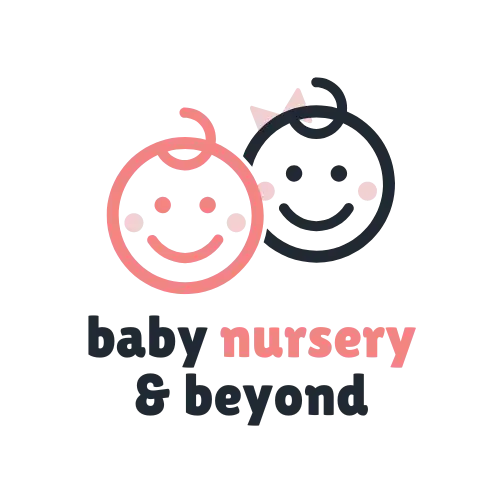Best Potty Training Method
When it comes to potty training, there’s no one-size-fits-all approach. Each child is unique, with their own readiness signs and learning style. As a parent, navigating the world of potty training can feel overwhelming, but understanding the different methods can help you find the right fit for your little one.
Let’s explore some of the most popular potty training techniques and how to determine which one might work best for your family.
Child-Oriented Potty Training
This method puts your child in the driver’s seat, allowing them to guide the process at their own pace. The key is to follow your child’s cues and let them take the lead. Start by introducing the potty chair and letting them get comfortable with it. Encourage them to sit on it, even if they don’t actually use it. Over time, they’ll begin to recognize the sensation of needing to go and associate the potty with relief.
The benefit of this approach is that it builds a sense of independence and ownership in the child. They’re more likely to feel in control and motivated to succeed. However, it can take longer than other methods, so patience is a must.
3-Day Potty Training
If you’re looking for a more intensive route, the 3-day potty training method might be worth considering. This approach involves dedicating three full days to focused training, immersing your child in the process from start to finish.
During this time, you’ll remove all diapers and have your child wear loose, easy-to-remove clothing. You’ll set a timer and take them to the potty at regular intervals, praising and rewarding them for any successes. The goal is to create a strong association between the urge to go and the action of using the potty.
The advantage of this method is that it can yield quick results, potentially having your child fully trained in just a few days. However, it requires a significant time commitment and may not work for every child.
Parent-Led Potty Training
In this approach, the parent takes a more active role in guiding the process. You’ll set a consistent schedule for potty breaks, gradually increasing the intervals as your child demonstrates success. This method often involves the use of rewards, such as stickers or small treats, to reinforce positive behavior.
The benefit of parent-led potty training is that it provides a structured framework, which can be especially helpful for children who respond well to routine and direction. However, it’s essential to strike a balance between guidance and allowing your child to participate in the process.
Infant Potty Training
Also known as “elimination communication,” this technique involves starting potty training from a very young age, often as early as birth. Parents closely observe their child’s cues and patterns, then respond by holding them over a potty or toilet at the appropriate times.
The advantage of this method is that it can potentially eliminate the need for diapers entirely, as children learn to communicate their bathroom needs from an early age. However, it requires a significant time and attention commitment from parents, and may not be the best fit for all families.
Is Your Child Ready for Potty Training?
Before diving into any potty training method, it’s important to ensure your child is developmentally ready. Look for signs like:
- Staying dry for longer periods
- Showing interest in the potty or asking to use it
- Being able to pull pants up and down
- Communicating when they need to go
If your child is not quite there yet, don’t worry. Every child has their own timeline, and pushing too hard can lead to frustration and setbacks. Instead, focus on building their readiness through positive reinforcement and making the process as stress-free as possible.
Potty Training Tips
Regardless of the method you choose, here are some tips to help make the experience a successful one:
- Involve your child in the process, letting them pick out their own potty chair or underwear.
- Establish a consistent routine, with regular potty breaks built into the day.
- Celebrate successes, no matter how small, to keep your child motivated.
- Be patient and understanding, as accidents are a normal part of the learning process.
- Avoid comparing your child’s progress to others, as every journey is unique.
Note: Remember, potty training is a milestone that comes with its fair share of challenges, but with the right approach and support, your child will be on their way to diaper-free independence in no time.
